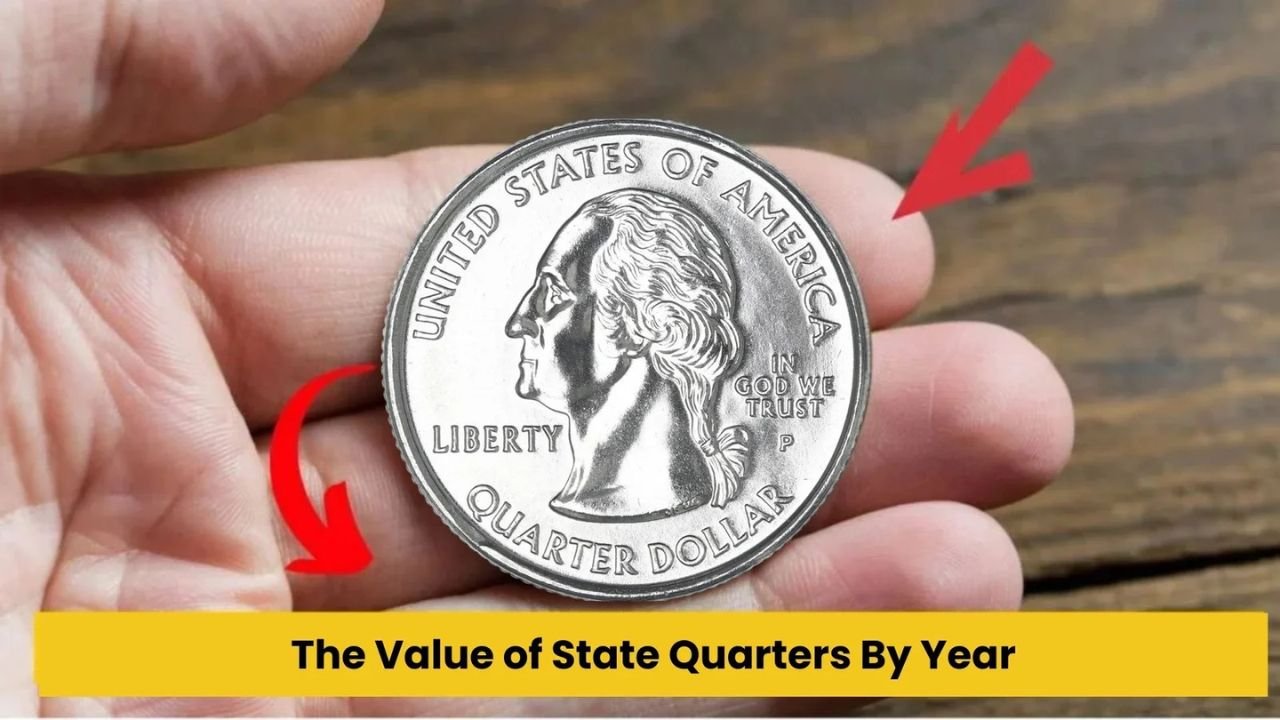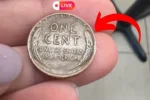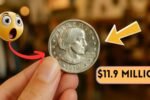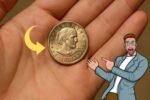The Value of State Quarters by Year: State quarters were first introduced by the United States Mint in 1999 as part of a program to celebrate each state. These coins quickly became popular among collectors and everyday people because they offered a glimpse into the unique history and symbols of each state. Each quarter has a distinct design on its reverse side that represents something significant about the state, while the front side always features George Washington. Over the years, collectors realized that some of these quarters were more valuable than their face value of 25 cents. The value of a state quarter often depends on its rarity, condition, and year of minting. Understanding these factors can help new collectors make smarter choices when buying, selling, or trading quarters.
Why State Quarters Are Popular Among Collectors
State quarters are appealing to collectors for several reasons. First, they are easy to collect because the U.S. Mint released them in a consistent and organized way. Between 1999 and 2008, a total of 50 quarters were released, one for each state. This created a natural challenge for collectors to complete the full set. Second, the designs are visually interesting and often tell a story about each state’s culture, history, or natural beauty. Some quarters even highlight famous landmarks or state symbols that people feel connected to. Third, state quarters are affordable. Unlike rare coins from earlier periods, almost anyone can start collecting these coins without spending a fortune. These factors combined make state quarters a fun and educational hobby for both beginners and experienced coin collectors.
Factors That Affect the Value of State Quarters
Not all state quarters are worth more than 25 cents. Their value depends on several key factors. One of the most important factors is rarity. Some quarters were minted in smaller numbers, which makes them harder to find. For example, a 2004-D Wisconsin state quarter in perfect condition is considered rare and more valuable. Another factor is the coin’s condition. Collectors use terms like “uncirculated” or “proof” to describe coins that have little to no wear. The better the condition, the higher the value. Additionally, errors or unique features can make a quarter more valuable. Coins with minting mistakes, like missing details or doubled designs, are often sought after by collectors and can sell for much more than their face value.
Notable State Quarters by Year
Some state quarters are more famous or valuable due to the year they were released. For example, the 2000 Delaware quarter was the first state quarter ever minted, and its historical significance makes it interesting to collectors. The 2004-D Wisconsin quarter, as mentioned, is rare and highly prized. In 2008, the final four quarters representing Hawaii, Alaska, Arizona, and New Mexico marked the end of the program, making those final issues special. Collectors often pay attention to the mint mark as well. Quarters minted in Denver (D) or Philadelphia (P) may have different values depending on how many were produced. Tracking quarters by year and mint mark helps collectors identify coins that are more valuable or hard to find.
Tips for Collecting State Quarters
For beginners, the best approach is to start small and focus on condition. Collecting quarters straight from circulation can be exciting, but it’s also a good idea to invest in uncirculated or proof sets. These sets are sold by the U.S. Mint and are guaranteed to be in excellent condition. Organizing quarters by year and state helps keep your collection neat and makes it easier to spot missing coins. It’s also wise to read coin guides or use online databases that list the current market values. Patience is key because values can change over time as coins become more sought after. Remember, collecting should be enjoyable. Many people enjoy not just the monetary value but also learning about the history and stories behind each quarter.
How to Sell or Trade State Quarters
If you decide to sell or trade state quarters, knowing their value is essential. Many coin shops or online marketplaces provide appraisals. Auctions can also be a good way to sell rare or highly valued coins. When trading, always check the condition and authenticity of the coins. Using coin holders or protective cases can prevent damage and maintain the coin’s value. Networking with other collectors can also lead to fair trades or opportunities to acquire rare coins. Understanding the market and trends helps collectors make informed decisions about selling or trading quarters.
FAQs
Are all state quarters valuable?
Not all state quarters are worth more than 25 cents. Value depends on rarity, condition, and any errors on the coin.
Which state quarter is the rarest?
The 2004-D Wisconsin quarter is considered one of the rarest state quarters in circulation.
How should I store my state quarters?
Keep quarters in protective cases or albums to prevent wear and maintain their value.
Can I sell state quarters for a profit?
Yes, rare or uncirculated quarters can be sold for more than face value if sold to collectors or at auctions.




